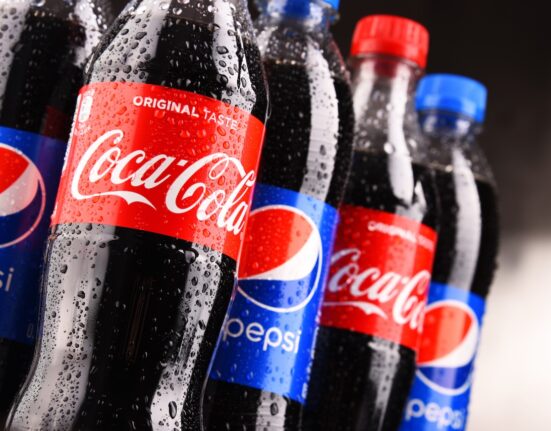My latest idea in fresh produce marketing comes from the classroom. This spring quarter 2024, my AGB445 Fresh Produce Marketing class at Cal Poly State University—where I proudly teach the nation’s only university-based fresh produce marketing course—provided me with a fresh perspective on the rapidly evolving landscape of AI, consumer preferences and how both can contribute to driving produce industry sales.
In a recent curriculum overhaul, I introduced a dynamic new approach to the class: students now break into teams and analyze four distinct fresh produce products from seed to harvest to sales to marketing. In addition to the four products, they also scrutinize the leading growers and marketers associated with each product, diving deep into websites, social media, branding, and packaging. The students’ comparative analyses and innovative suggestions for how companies can improve, consistently offer me invaluable insights into the mindset of our next-generation produce consumers.
While student perspectives only provide a narrow view of one demographic profile, they also remind me that consumer needs and purchasing motives are in constant flux. It’s crucial to periodically reassess and refresh your fresh produce packaging, branding, and communications strategy to stay aligned with modern consumer expectations. When was the last time your branding and packaging communications strategy was updated?
In the classroom, a discussion on artificial intelligence (AI) naturally arose, given my students’ familiarity and comfort with this technology. During a class assignment focused on fresh produce packaging communications, students inquired whether I had utilized AI in my packaging and branding work with clients. Admittedly, I had not, which prompted me to experiment—starting with blueberries.
Despite AI’s portrayal as a straightforward tool, the cautionary tales about AI’s use are well-founded. AI should be viewed as one valuable resource among many and its effectiveness in packaging design hinges on a balanced approach.
For my AI-driven blueberry packaging project, I began with comprehensive research. This included using Packer Fresh Trends 2024, Highbush Blueberry Council consumer insights, student-generated data on their blueberry consumption, and ChatGPT—a popular chatbot developed by OpenAI—for additional perspectives on blueberry purchase preferences and use.
Armed with this knowledge, I then collaborated with a student adept in AI to identify and prioritize consumer purchasing motives and convert these motives into visual blueberry design concepts. We took AI’s initial visual designs, then ‘asked’ AI to iteratively refine these designs, until the AI process achieved multiple, novel, blueberry packaging design concepts. The final design concept was then polished and refined by my graphic designer for consumer testing.
The blueberry design outcomes were both exciting and revealing. Here are two key highlights:
Highlight 1: The AI-driven visual design process generated multiple, new blueberry label concepts. By inputting specific details, such as the exact dimensions of the blueberry punnet, AI was able to produce innovative and unique label concepts. This iterative process, completed in under five hours with minimal investment, demonstrates AI’s potential to drive innovation in label and packaging design. This development is particularly exciting for our industry, as it challenges traditional packaging norms and opens new possibilities for fresh produce packaging and on-pack communications.
Highlight 2: Adhering to my commitment to provide you with researched results versus just opinion, I conducted a consumer survey putting the AI-generated blueberry punnet label up against a traditional blueberry punnet design. Out of 440 respondents, the AI design outperformed the traditional one in terms of being ‘eye-catching,’ ‘innovative,’ and ‘distinctive.’ If consumers buy with their eyes and if we have only three seconds to capture consumer attention, innovative and new design ideas like the one tested will pay dividends.
Regarding purchase intent across all respondents, the new AI punnet’s purchase intent score was slightly below that of the traditional punnet (62% vs. 67%). However, it notably excelled among the 18-29 demographic, with 68% expressing a high likelihood of purchasing the AI-designed punnet compared to 49% for the traditional punnet design.
This case study research suggests that innovative packaging and packaging communication, driven by AI, can indeed influence purchasing behavior, especially among younger consumers who under-purchase blueberries.
In summary, the notion that AI will dominate both us and industry is a myth. The reality is that AI is an extraordinary tool that, when used strategically, can cost-effectively drive innovation in packaging design. I am excited to further explore how AI can transform the way our industry communicates with consumers via packaging and look forward to collaborating with companies eager to harness this technology for their own packaging advancements.
- Lisa Cork is the chief executive of Fresh Produce Marketing Ltd and Adjunct Professor of Produce Marketing at Cal Poly State University in California.





